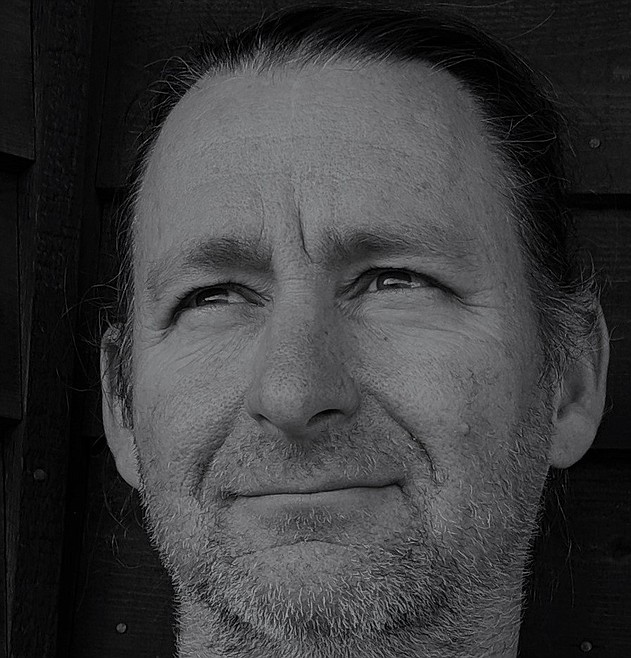Marching to Washington
Black History Month is a good time to recall the 1963 March on Washington, best known for Martin Luther King Jr.’s “I Have a Dream” speech....
Become a Subscriber!
You have read all of your free articles this month. Select a plan below to start your subscription today.
Already a subscriber? Login



